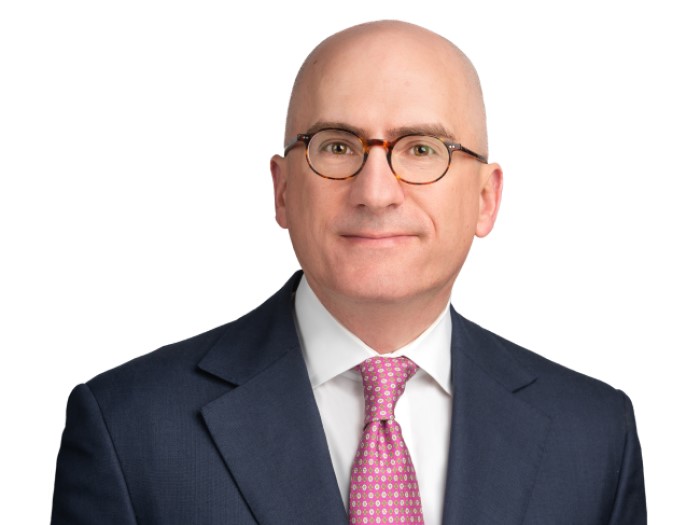2016 Teddy Award Winner
Bringing Focus to Broad Challenges
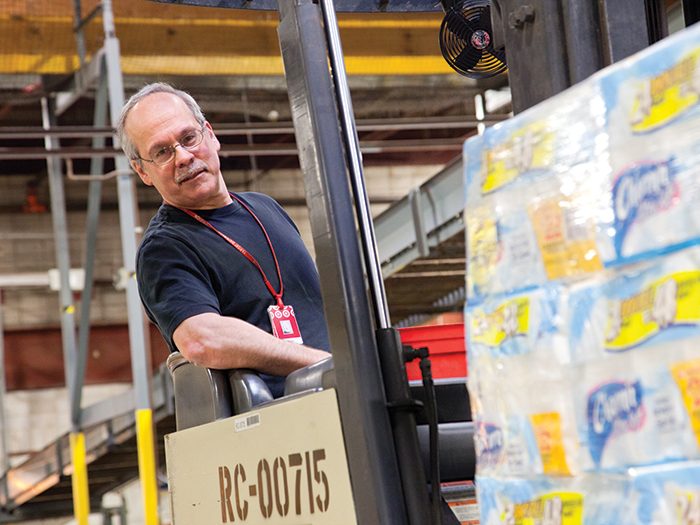
Target’s roughly 341,000 employees perform a wide array of tasks. In its nearly 1,800 retail locations, they stock shelves, walk the aisles assisting customers and man the cash registers, sometimes staying on their feet for hours on end. In the company’s 38 distribution centers, they move large pallets and work side by side with heavy machinery.
Target also operates in 49 of the 50 United States. As any national company can attest to, this presents regulatory complexity, as no two states are the same when it comes to safety regulation, health care resources and workers’ compensation law.
The safety and workers’ comp challenges, to say the least, are broad.
Then, the retail giant underwent a companywide reorganization in March 2015, which left the risk management department with fewer team members, and just as much work to accomplish. The team is responsible for safety, claims, finance and insurance across the corporation.
“We had an opportunity to help team members learn new skills and expand their knowledge base,” said Jodi Neuses, safety director, Target. “From the safety team’s perspective, we had to do some cross-training so that everyone had a well-rounded understanding of our risks on both the retail and the distribution side. We no longer had specialized experts in just one part of the business.”
The same was true on the workers’ comp side of the equation.
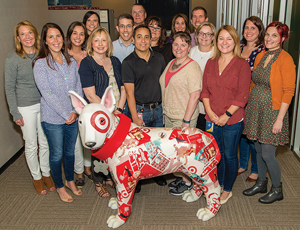
The Target Risk Management Team (L to R):
First Row – Shannon Simonette, MaryJo Pollock, Dan Hawkins, Rachel Gillman, Debbie Marshall, Alicia Kronstedt; Second/Third Row – Carla LaVere, Megan Rooney, Melissa Cudzilo, Eric Oldroyd, Dean Sherman, Elaine Boevers, Gina LoPesio, Ben Holmes, Jodi Neuses, Amanda Lagatta; Not pictured: Diane Howden, Rob Wilkey and Debra Shoemaker.
“We were fortunate to have team members who were specialists in workers’ comp claims and have previously been adjusters,” said Amanda Lagatta, Target’s director of insurance and claims. “We had people with similar skill-sets work together to apply those skills in new ways.”
The team also began re-evaluating whether it was utilizing its third-party vendors in the most efficient way.
“We made several changes with our claims vendors and managed-care vendors, so that we were fully leveraging all the services they provide,” Lagatta said.
Neuses and her team turned to professional associations like the American Society of Safety Engineers and the Minnesota Safety Council to stay updated on the latest guidelines and training. Vendors and professional groups have become a regular source of expert advice for the safety team.
Rebuilding the expertise of the safety and workers’ comp team offered an opportunity to view the company’s challenges with a fresh perspective. It opened their eyes to new ways to improve their programs.
The workers’ comp claims team, for example, made greater use of predictive analytics to streamline and expedite its processes.
“This is a service that we think is unique to us, and has really evolved to become a central part of our advocacy program.” — Amanda Lagatta, director of insurance and claims, Target
Originally, the analytical tool was used to determine at the outset the level of adjuster that should be assigned to a case. It was meant to direct the right level of expertise to a claim. The problem with that model, however, is that it touches a claim only once and does not account for how the claimant’s experience changes over time.
“We subsequently updated the model so that it looks at a claim at different points throughout its lifecycle, not just at the start,” Lagatta said. “As things change, we’ll evaluate the use of a return-to-work coordinator, and when we should call a roundtable to discuss a claim’s progress to develop a new strategy or get different people involved.”
Diving deeper into claims data also helps the safety team pinpoint where injuries are happening, so they can focus prevention efforts where they’re needed most.
Stronger Safety Culture
A culture of safety devoted to keeping team members and guests safe is a critical goal for Target. Efforts are focused on creating a top-down culture of safety throughout the company, including leading off meetings at distribution centers with safety messages, and leveraging an ergonomic specialist to consult on workstation design and merchandise presentation to minimize injury risk. The team also engages the “assets protection” leader at every retail location to take on the role of “safety captain” to reinforce a culture of safety in their stores.
Huddles — how the Target store teams refer to their twice-daily gatherings — and Start Up Messages, in which managers communicate the company’s safety message before the day begins and lead their teams in stretching and other warm-up exercises, are another key feature of the safety program.
Signage in stores and distribution centers remind employees of hazards and safety practices they should follow to mitigate them. Training programs for powered equipment were simplified and adjusted to allow trainers and supervisors to control when an employee is ready to be certified and move on to independent work.
“Safety is mission-critical,” Neuses said. “We try to be proactive and continually reinforce that message.”
Advocacy-Based Model
Unfortunately, even the most thorough safety program can’t prevent all accidents. When an injury does occur, Lagatta and her team ensure that the worker is treated with respect and care — and treated quickly.
When a team member is injured on the job, they often don’t know how to navigate the workers’ comp system or how exactly the claims process works. Confusion and frustration can add to the employee’s stress and lead them to delay seeking care.
As part of an initiative to build a more formal, advocacy-based claims model, Target instituted a Workers’ Comp Assistance Center with the help of its TPA, Sedgwick Claims Management Services.
“This is a service that we think is unique to us, and has really evolved to become a central part of our advocacy program,” Lagatta said. “Someone from the assistance center — not the claims adjuster — will reach out to the team member and make the first contact with them. Their job is to reassure the team member that we care and we’re there for them, to familiarize them with the workers’ comp process and answer any questions.”
Those initial calls are also an opportunity to collect additional information about the claimant and the injury. That data is entered into the predictive modeling system and used to direct the right resources to the case.
Return-to-work coordinators are another critical component of the advocacy approach, and the retailer’s return-to-work program is a differentiator in the industry.
The risk management team has identified suitable light-duty positions for injured workers, and provides 12 weeks of modified duty payroll to support the stores using this program. But sometimes follow-up surgeries are necessary, and recovery can be a difficult road. Post-surgery, injured employees may receive another 12 weeks to accommodate the additional treatment.
Third-party service providers again play an important role in this process. Nurse case managers liaise with physicians and human resource departments to gather the information they need, and keep all parties on the same page. For example, they can analyze an injured team member’s abilities and investigate worksites to determine what is safe and suitable.
“We really rely on our vendors to help navigate that process and make informed decisions,” Lagatta said. “We’re fortunate to have partners we can trust, so we can maximize the impact of our department.”
Since implementing these changes in safety, claims management and return-to-work, Target has seen reductions in claim frequency, length and cost, and has improved the experience for its injured workers. &
_______________________________________________________
Read more about the 2016 Teddy Award winners:
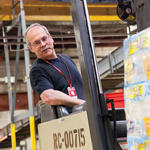 Bringing Focus to Broad Challenges: Target brings home a 2016 Teddy Award for serving as an advocate for its workers, pre- and post-injury, across each of its many operations.
Bringing Focus to Broad Challenges: Target brings home a 2016 Teddy Award for serving as an advocate for its workers, pre- and post-injury, across each of its many operations.
 The Road to Success: Accountability and collaboration turned Hampton Roads Transit’s legacy workers’ compensation program into a triumph.
The Road to Success: Accountability and collaboration turned Hampton Roads Transit’s legacy workers’ compensation program into a triumph.
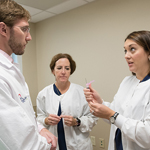 Improve the Well-Being of Every Life: Excela Health changed the way it treated injuries and took a proactive approach to safety, drastically reducing workers’ comp claims and costs.
Improve the Well-Being of Every Life: Excela Health changed the way it treated injuries and took a proactive approach to safety, drastically reducing workers’ comp claims and costs.
 The Family That’s Safe Together: An unwavering commitment to zero lost time is just one way that Harder Mechanical Contractors protects the lives and livelihoods of its workers.
The Family That’s Safe Together: An unwavering commitment to zero lost time is just one way that Harder Mechanical Contractors protects the lives and livelihoods of its workers.
More coverage of the 2016 Teddy Awards:
Recognizing Excellence: The judges of the 2016 Teddy Awards reflect on what they learned, and on the value of awards programs in the workers’ comp space.
Fit for Duty: 2013 Teddy Winner Miami-Dade County Public Schools is managing comorbid risk factors by getting employees excited about healthy living.
Saving Time and Money: Applying Lean Six Sigma to its workers’ comp processes earned Atlantic Health a Teddy Award Honorable Mention.
Caring for the Caregivers: Adventist Health Central Valley Network is achieving stellar results by targeting its toughest challenges.
Advocating for Injured Workers: By helping employees navigate through the workers’ comp system, Cottage Health decreased lost work days by 80 percent.
A Matter of Trust: St. Luke’s workers’ comp program is built upon relationships and a commitment to care for those who care for patients.
Keeping the Results Flowing: R&I recognizes the Metropolitan Water Reclamation District of Greater Chicago for a commonsense approach that’s netting continuous improvement.







